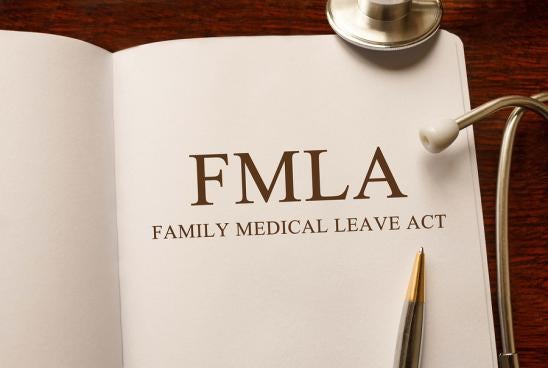On April 20, 2017, in Marshall v. The Rawlings Company LLC, No. 16-5614, slip op., (6th Cir. April 20, 2017) the Sixth Circuit Court of Appeals, which covers federal courts in Kentucky, Michigan, Ohio and Tennessee, for the first time adopted the cat’s paw theory of liability in the context of a retaliation claim brought under the Family Medical Leave Act (FMLA), 29 U.S.C. § 2601 et seq. The term “cat’s paw” was coined by Judge Richard Posner of the Seventh Circuit and introduced in Shager v. Upjohn Co., 913 F.2d 398 (7th Cir. 1990) as a standard by which liability may be imputed to an employer for the discriminatory animus of a biased low-level supervisor.
In Marshall, the company demoted and ultimately terminated the plaintiff-employee after she used FMLA leave to address acute mental health problems. The employee sued the employer for FMLA retaliation and other employment discrimination claims, alleging two lower-level supervisors exhibited bias against her because she had taken approved medical leave. The two supervisors allegedly influenced the decision to demote the employee after she returned from leave and the ultimate decision to terminate her employment. The district court granted summary judgment to the employer and dismissed all claims.
On appeal, a split panel of the Sixth Circuit reversed. After holding the cat’s paw theory applicable to the employee’s FMLA retaliation claims, the majority determined:
-
the cat’s paw theory of liability applies even in cases involving multiple layers of supervision between the employee and the ultimate decision-maker;
-
an employee pursuing a claim of FMLA retaliation under a cat’s paw theory must satisfy the McDonnel Douglas framework and prove that the decision-maker was the cat’s paw of the biased low-level supervisor; and
-
the honest-belief rule is not applicable in cat’s paw cases because the honesty of the decision-maker’s belief is not relevant to the issue of whether a biased low-level supervisor intentionally manipulated the decision-maker. Nonetheless, an employer may still protect itself from liability under the cat’s paw theory by showing that the decision-maker conducted an independent investigation and determined that the adverse employment action was justified.
The decision in Marshall emphasizes the importance for employers of conducting reasonable, independent investigations to confirm disciplinary action is justified by objective evidence and clearly documented, particularly where a protected category or activity is implicated. The ultimate decision-makers should not rely solely upon the recommendation of a subordinate supervisor when making employment related decisions, but rather should probe the subordinate supervisor’s rationale and reach an independent determination of the basis for the adverse action.



 i
i


